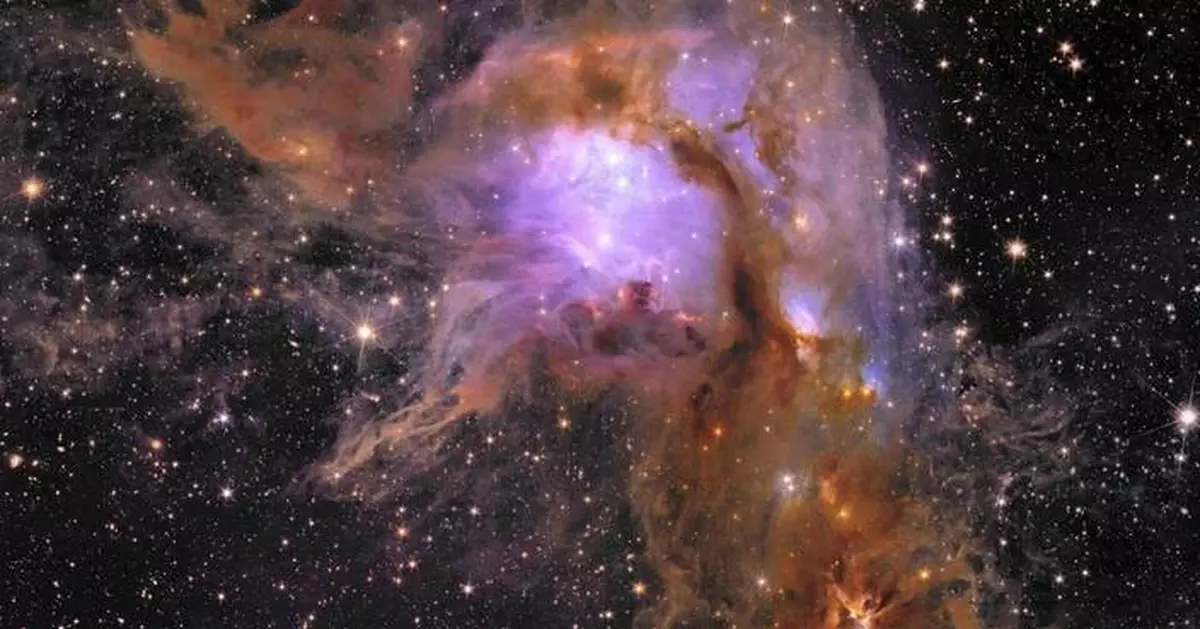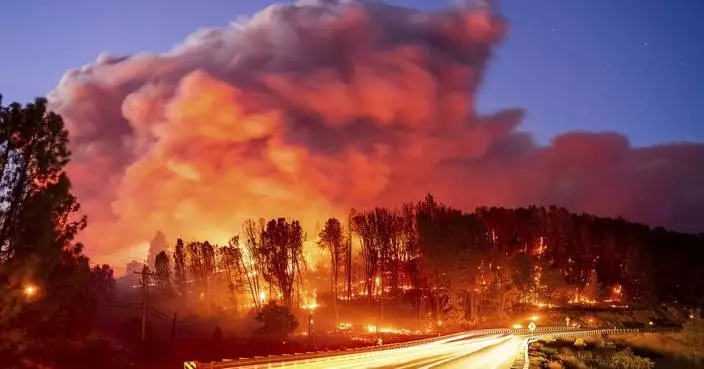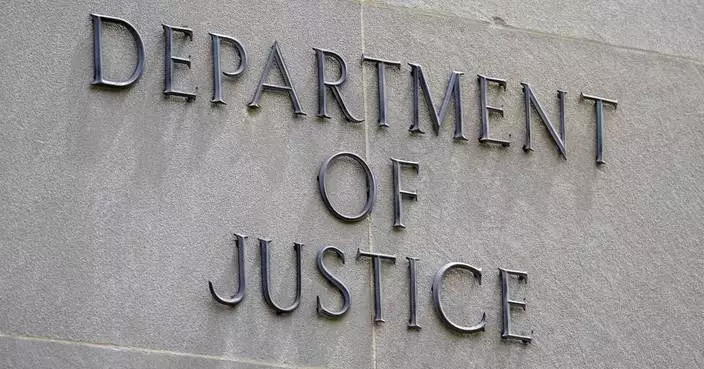CAPE CANAVERAL, Fla. (AP) — A massive cradle of baby stars has been observed in new detail by a European space telescope, adding to its celestial collection of images.
The European Space Agency released the photos from the Euclid observatory on Thursday. They were taken following the telescope’s Florida launch last year as a warm-up act to its main job currently underway: surveying the so-called dark universe.
From its perch 1 million miles (1.6 million kilometers) from Earth, Euclid will spend the next several years observing billions of galaxies covering more than one-third of the sky. The shape and size of all these galaxies can help scientists understand the mysterious dark energy and dark matter that make up most of the universe.
"Euclid is at the very beginning of its exciting journey to map the structure of the universe," the space agency's director general, Josef Aschbacher, said in a statement.
Among the newly released pictures is one of an enormous cradle of baby stars some 1,300 light-years away known as Messier 78. A light-year is 5.8 trillion miles. Euclid's infrared camera peered through the dust enveloping the stellar nursery, revealing new regions of star formation, according to ESA.
The Associated Press Health and Science Department receives support from the Howard Hughes Medical Institute’s Science and Educational Media Group. The AP is solely responsible for all content.
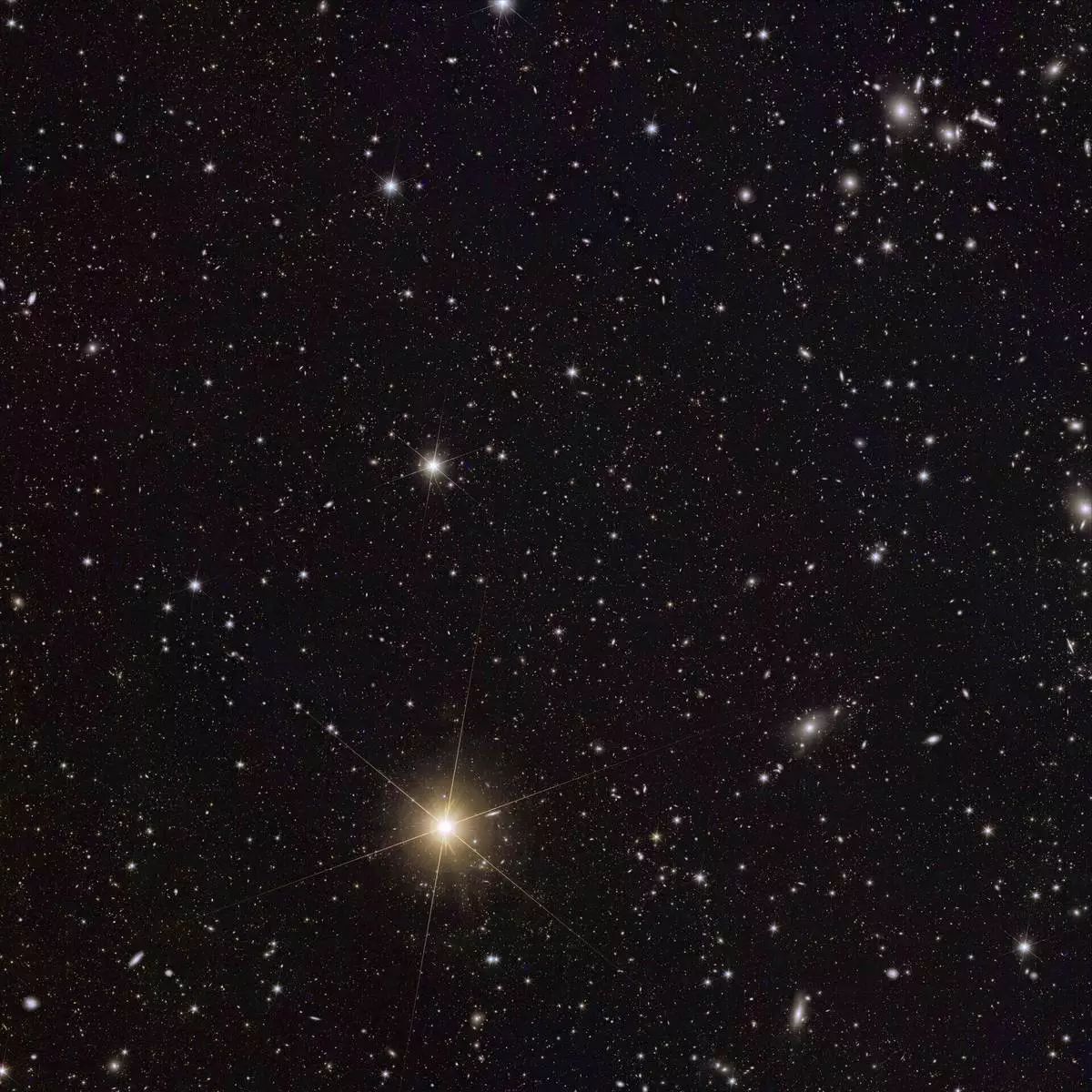
This image provided by European Space Agency on Thursday, May 23, 2024, shows Euclid’s new image of galaxy cluster Abell 2390. The European Space Agency released the photos from the Euclid observatory on Thursday. They were taken following the telescope's launch from Cape Canaveral, Florida, last year, as a warm-up act to the real job now under way: surveying the so-called dark universe. (European Space Agency via AP)
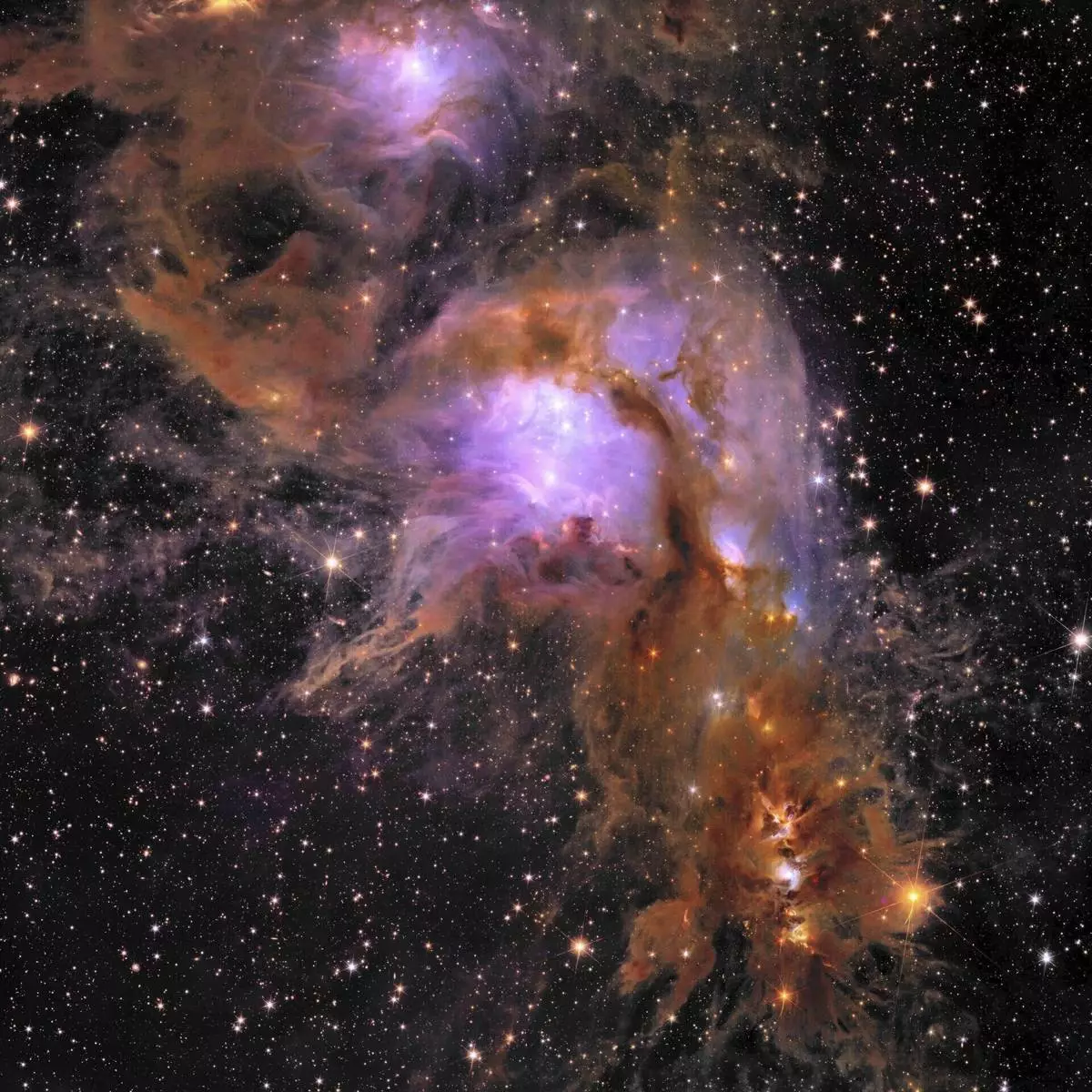
This image provided by European Space Agency on Thursday, May 23, 2024, shows Euclid’s new image of star-forming region Messier 78. The European Space Agency released the photos from the Euclid observatory on Thursday. They were taken following the telescope's launch from Cape Canaveral, Florida, last year, as a warm-up act to the real job now under way: surveying the so-called dark universe. (European Space Agency via AP)
CALGARY, Alberta (AP) — Lauren Coughlin held onto the lead Friday in the CPKC Women’s Open, while Canadian star Brooke Henderson was derailed by closing bogeys at windy and smokey Earl Grey Golf Club.
Coughlin followed her opening 4-under 68 on Thursday in chilly and windy conditions with a 70 on Friday to get to 6 under, a stroke ahead of Hannah Green and Haeran Ryu. The temperature made it into the 70s after barely climbing into the 60s on Thursday.
“I think I handled it really well overall,” Coughlin said. “It was just really difficult to judge how far the ball was going to go with the wind and the crosswind and how firm the greens got. And they had some tough pins, especially considering the direction of the wind.”
Playing through a smokey haze from wildfires, Henderson bogeyed the final four holes in her afternoon round for a 73 that left her seven strokes back at 1 over. She won the 2018 tournament.
“Most of the day I was 3 under, so feeling pretty great,” Henderson said. “To walk away 1 over, that’s not the best feeling. But all you can do is move forward and try to learn from some of the things you did out there.”
Coughlin is coming off a fourth-place finish two weeks ago in France in the major Evian Champions. The 31-year-old former University of Virginia player is winless on the LPGA Tour.
On Friday, she had three front-none birdies and dropped a stroke on the par-4 11th. In two rounds, she's 7 under on the first nine holes and 1 over on the second nine.
“I putted extremely well,” Coughlin said. “Two-putted really well all day. Took advantage of the front nine, which you have to, and then kind of hold on on the back nine.”
Green matched Coughlin with a 70. The Australian is a two-time winner this year, taking the HSBC Women’s World Championship in Singapore in February and the JM Eagle LA Championship in April.
“It was tough again out there,” Green said. “There was some pretty strong wind gusts, especially our last few holes, so committing to the shot you were envisioning was kind of difficult.”
Ryu bogeyed the 18th for 69.
“The weather is really bad,” Ryu said. “Is a little bit cold and so windy.”
The 23-year-old South Korean player won the Walmart NW Arkansas Championship last year for her first LPGA Tour title. She was second last week in Ohio in the Dana Open.
Three-time champion Lydia Ko had a 71 to join second-ranked Lilia Vu (70) and Jennifer Kupcho (72) at 3 under. Ko won as an amateur in 2012 at age 15, successfully defended her title as an amateur in 2013 and won as a professional in 2015.
“It’s not easy — and I think the scores are showing,” Ko said. “Anything kind of under par the past couple days is a really solid round. I’m pretty happy with the way I started this week.”
Kupcho topped the leaderboard at 8 under after birdieing five of the first eight holes in her morning round, then was 5 over the rest of the way. She had a double bogey on the par-4 16th, four bogeys and a birdie on her final nine holes.
“I’m pretty upset,” Kupcho said. “I think in hindsight I still hit 15 greens. Like I was hitting the ball really good. Three-putted 10 and 11 and four-putted 16. I didn’t play bad. Just had a couple shaky putts down the stretch — and that’s going to happen.”
Lexi Thompson was in the group with Henderson tied for 26th at 1 over after a 73 The American plans to play a limited schedule after this season.
AP golf: https://apnews.com/hub/golf

Lexi Thompson, of the United States, chips on the first hole during the second round at the LPGA Canadian Women's Open golf tournament in in Calgary, Alberta, Friday, July 26, 2024. (Jeff McIntosh /The Canadian Press via AP)

Jennifer Kupcho, of the United States, watches her tee shot on the fifteenth hole during the second round at the LPGA Canadian Women's Open golf tournament in in Calgary, Alberta, Friday, July 26, 2024. (Jeff McIntosh /The Canadian Press via AP)

Jennifer Kupcho, of the United States, lines up a putt on the fourteenth green during the second round at the LPGA Canadian Women's Open golf tournament in in Calgary, Alberta, Friday, July 26, 2024. (Jeff McIntosh /The Canadian Press via AP)

New Zealand's Lydia Ko hits a tee shot on the first hole during the second round at the LPGA Canadian Women's Open golf tournament in in Calgary, Alberta, Friday, July 26, 2024. (Jeff McIntosh /The Canadian Press via AP)

Korea's Haeran Ryu hits a tee shot on the fourth hole during the second round at the LPGA Canadian Women's Open golf tournament in Calgary, Alberta, Friday, July 26, 2024. (Jeff McIntosh/The Canadian Press via AP)

Canada's Brooke Henderson hits a tee shot on the second hole during the second round at the LPGA Canadian Women's Open golf tournament in Calgary, Alberta, Friday, July 26, 2024. (Jeff McIntosh/The Canadian Press via AP)

Lauren Coughlin, of the United States, hits from the fairway on the sixth hole during the second round at the LPGA Canadian Women's Open golf tournament in Calgary, Alberta, Friday, July 26, 2024. (Jeff McIntosh/The Canadian Press via AP)

Lauren Coughlin, of the United States, hits a tee shot on the seventh hole during the second round at the LPGA Canadian Women's Open golf tournament in Calgary, Alberta, Friday, July 26, 2024. (Jeff McIntosh/The Canadian Press via AP)




